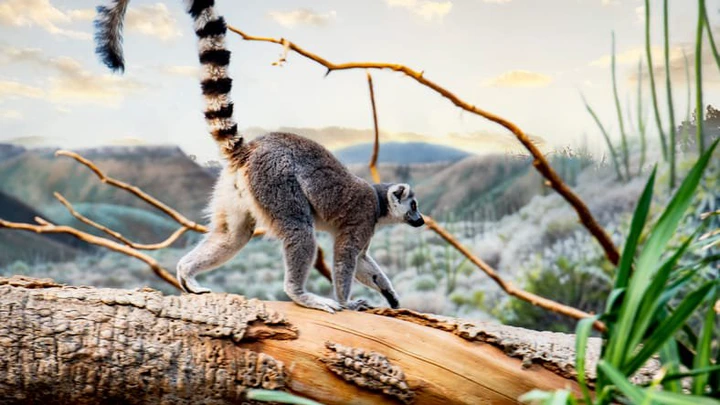Lemurs Face Extinction Threat, Even with Their Remarkable Genetic Diversity

View pictures in App save up to 80% data.
The development of lemurs is regarded as distinctive since they underwent evolution in complete seclusion on the island of Madagascar millions of years ago.
The island boasted a variety of ecosystems, featuring lush tropical forests in the eastern region and arid, dry landscapes in the southwestern part.
This resulted in a variety of lemur species, from tiny mouse-sized creatures to massive sloth-like varieties. The lemurs we are familiar with today are small, have large eyes, and inhabit trees.
Over 100 species inhabit Madagascar, showcasing significant genetic diversity among them. However, a staggering 90 percent face the threat of extinction.
A group of researchers from Spain aimed to uncover the reasons behind the critical endangerment of numerous lemur species, even though they exhibit significant genetic diversity. To achieve this, they analyzed the genomes of 162 lemurs representing 50 distinct species found throughout Madagascar.
Their research uncovered the ways in which ecological elements, changes in climate, and recent human actions have influenced the genetic diversity of lemurs throughout history.
"According to Joseph Orkin, the lead researcher of the study, 'As climate changes intermittently linked previously isolated environments, lemurs from various species and groups began to interbreed, exchanging genetic material that enhanced their overall diversity.'"
"Additionally, it seems that the species with the greatest diversity are those that have fragmented populations spread throughout various ecosystems on the island. This trend of isolation followed by reconnection appears to be enhancing and redistributing genetic diversity across the entire island."
Recent human actions have si